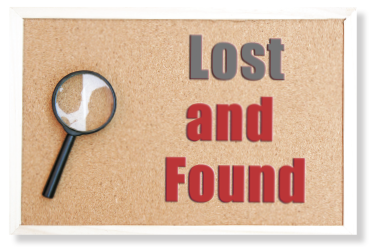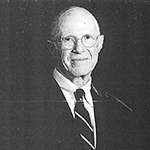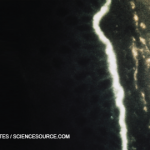
nukeaf / shutterstock.com
Over 50 years ago, an article appeared in The New England Journal of Medicine: “Immunologic Factors and Clinical Activity in Systemic Lupus Erythematosus.”1 Written by a young postdoctoral fellow, Peter H. Schur, MD, and colleagues, the article synthesized important work in the field at the time. What follows is a discussion of the historical context of the paper and its lasting impact.
A Modern Understanding of Lupus
Our modern understanding of lupus began when Malcolm Hargraves, MD, and Robert Morton, MD, first described the lupus cell in 1948.2 David S. Pisetsky, MD, PhD, professor of medicine and immunology at Duke University School of Medicine, Durham, N.C., describes the phenomenon. “Basically, if you take the blood of patients with lupus, agitate it, incubate it and come back in a little while, what you see is the nuclei of cells that have been engulfed by other cells, called phagocytes.”
Eventually the factor that induced lupus cell formation was shown to be a gammaglobulin, an autoantibody.3

Dr. Schur
In the 1950s, researchers ascribed various autoantibodies to different constituents of cell nuclei, termed anti-nuclear antibodies (ANAs).3 Dr. Pisetsky explains, “People had defined anti-nuclear antibodies using a number of assays, but the actual targets of these antibodies were not known. Among the first that was really defined molecularly was DNA.”
This was a surprise, he notes, because no one had thought DNA could serve as an antigen. “At the time it was thought the only setting where these antibodies were observed was in patients with lupus. So that finding really suggested a fundamental difference between immune recognition of DNA in normal individuals and in people with lupus,” he says.
Dr. Pisetsky explains that people didn’t know whether these ANAs caused lupus or were just associated with it. He notes that it was becoming recognized that lupus had characteristics of an immune complex-mediated disease. “It appeared the complexes with anti-DNA were very important and that their presence led to lowering of complement values. In my view, what this paper did was really put everything together. Dr. Schur showed clearly how disease activity varied with elevations of anti-DNA.”
The Genesis of the Seminal Paper
Dr. Schur is now a senior professor of medicine at Harvard Medical School, Boston. After his residency, he performed research at the Walter Reed Army Institute in Washington, D.C. There, he learned how to do complement fixation tests.
Subsequently, Dr. Schur pursued a fellowship at Rockefeller University, New York City, where he studied under Henry G. Kunkel, MD, an esteemed immunology researcher whose work provided important insights into many immune-mediated diseases. There Dr. Schur worked with other postdoctoral students who were studying lupus. “I developed an assay for quantitating antibodies to DNA, complement fixation, which was much more sensitive than previous techniques, such as the immunodiffusion assay. This was before the assays that we have today. It looked at complement-fixing antibodies,” he says.4
Also at Rockefeller, Dr. Schur collaborated on papers demonstrating that immune complexes of DNA and anti-DNA seemed to be present in the kidneys of many patients with lupus nephritis.4,5 “It was obvious that lupus patients had anti-DNA and that immune complexes were forming between DNA and anti-DNA,” he says. “And they seemed to be involving the kidney.”
Dr. Schur decided to look at some of these values in lupus patients serially over time. Because of the small number of lupus patients at Rockefeller, he volunteered to work in the arthritis clinic at The Bronx Municipal Hospital Center, New York, where he had performed his internship and residency.
Dr. Schur monitored patients clinically and with routine lab tests, such as complete blood counts and blood urea nitrogen assays. From 1964–67, he collected frequent serum samples from 96 patients diagnosed with lupus, 44 of whom had renal disease. As he explained in the 1968 paper,
There have been few sequential studies of immunologic factors during different stages of clinical activity. The present investigation was undertaken not only to study the relation of clinical activity to immunologic factors in patients with systemic lupus erythematosus (particularly those with renal disease) but also to determine whether a change in immunologic factors might precede the onset of clinical activity.1
To write up the study, Dr. Schur paired with senior author John Sandson, MD, a young faculty member who had mentored him as a resident.
